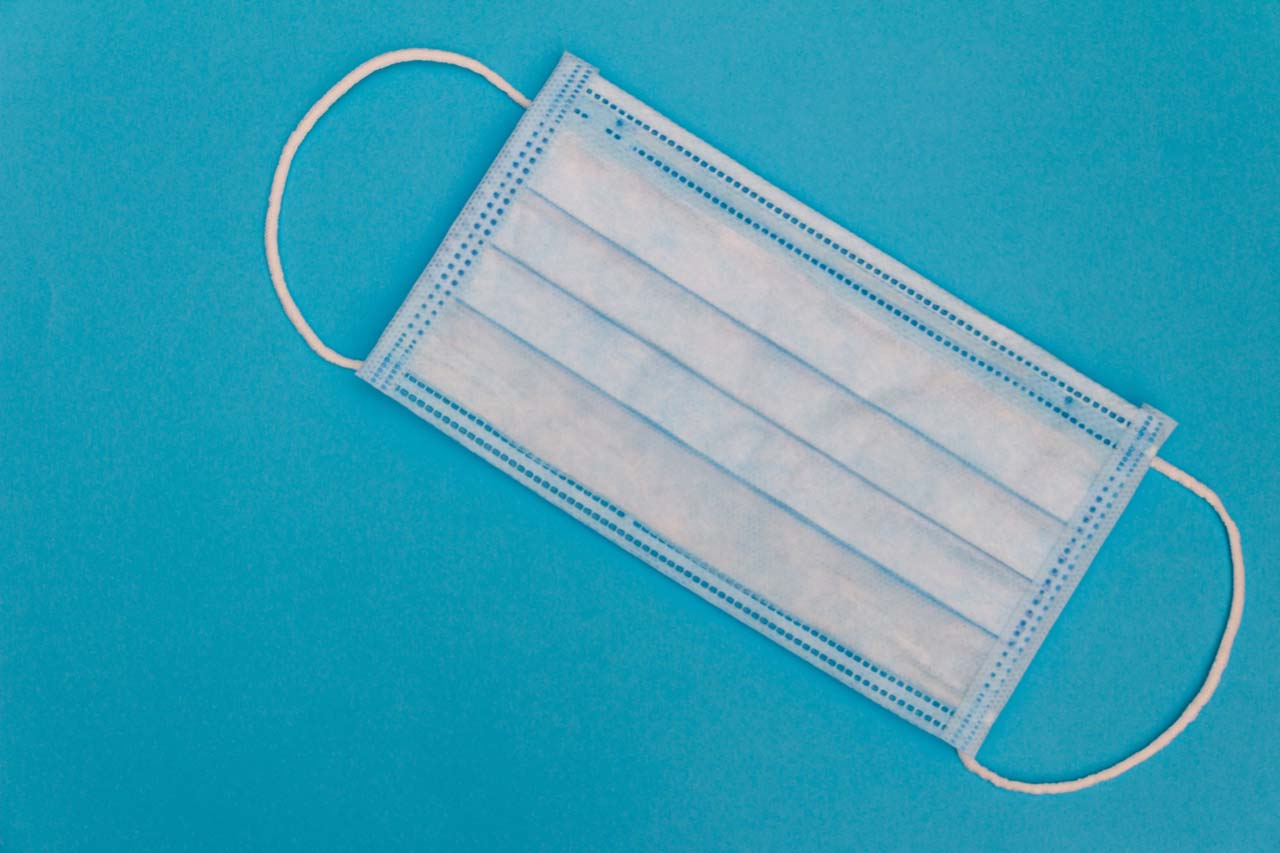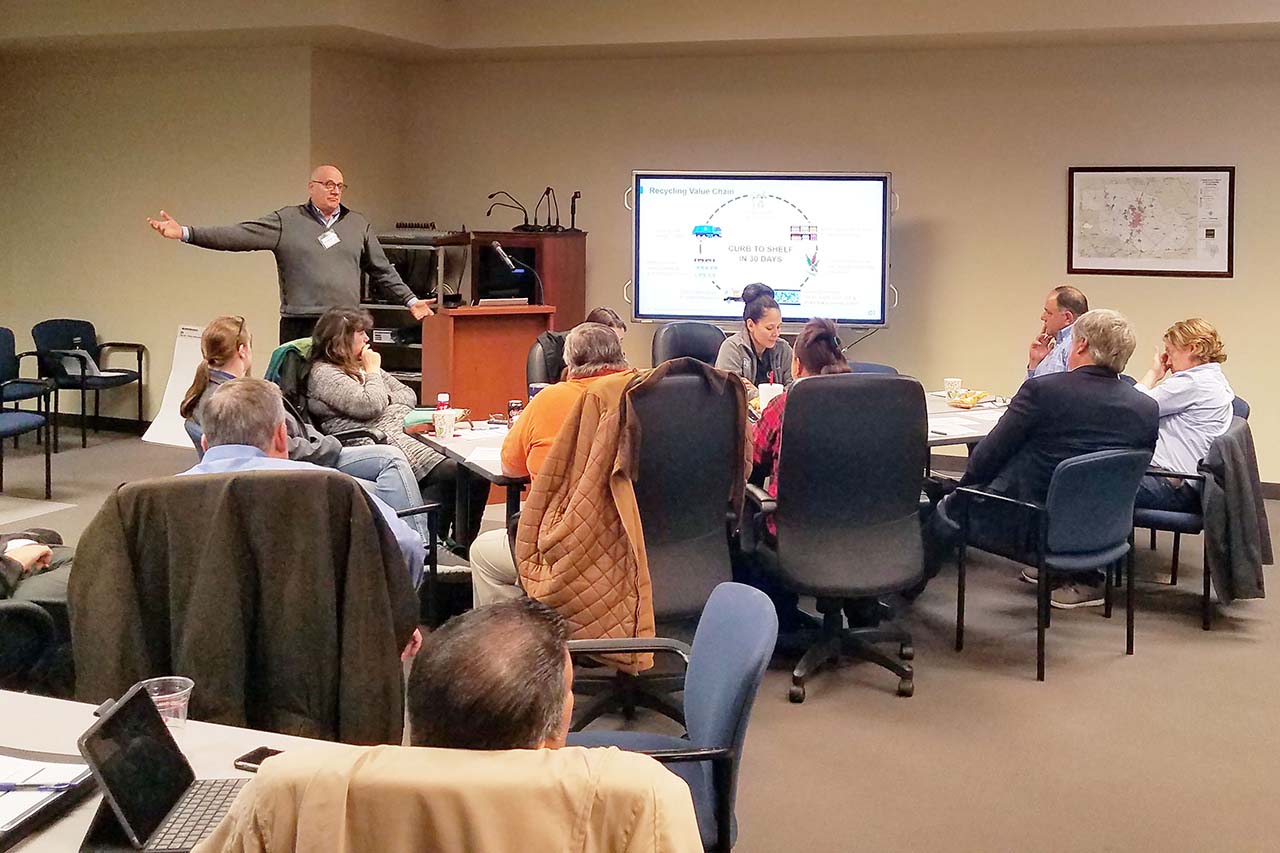 The value of OCC increased by 62% over the past month, reaching its highest level in 20 months. Meanwhile, curbside metal prices have taken a dive.
The value of OCC increased by 62% over the past month, reaching its highest level in 20 months. Meanwhile, curbside metal prices have taken a dive.

 The value of OCC increased by 62% over the past month, reaching its highest level in 20 months. Meanwhile, curbside metal prices have taken a dive.
The value of OCC increased by 62% over the past month, reaching its highest level in 20 months. Meanwhile, curbside metal prices have taken a dive.

Human contact is the largest factor in the spread of COVID-19, making operational changes key in combatting the pandemic. | May the light be with you/Shutterstock
Occupational safety experts recently laid out the steps that are the most effective for preventing the spread of COVID-19 within waste and recycling operations.

Analysts say the partial closure of the U.S.-Canada border may spook some Canadian garbage and recycling programs into undertaking contingency planning. | Yulia Lyubimova/Shutterstock
The coronavirus has prompted the closure of a state recycling association, and it spurred the Federal Reserve to encourage investors to continue lending to local governments.

O-I Vice President of Global Sustainability Jim Nordmeyer welcomed a crowd of 50 participants to the Texas Glass Recycling Workshop.

The cost of insurance is on the rise for those in the business of materials recovery. | Billion Photos/Shutterstock
Recycling professionals are well aware that prices for many commodities are low and contamination rates are high. But due to the rising number of fires in recent years, materials recovery facility (MRF) operators are now encountering struggles around another area of their businesses: insurance.
